articles
vThings Portable CO2 Gas Monitor with Dual-Beam NDIR CO2 Sensor
Thursday, December 22, 2016

3D printed enclosure
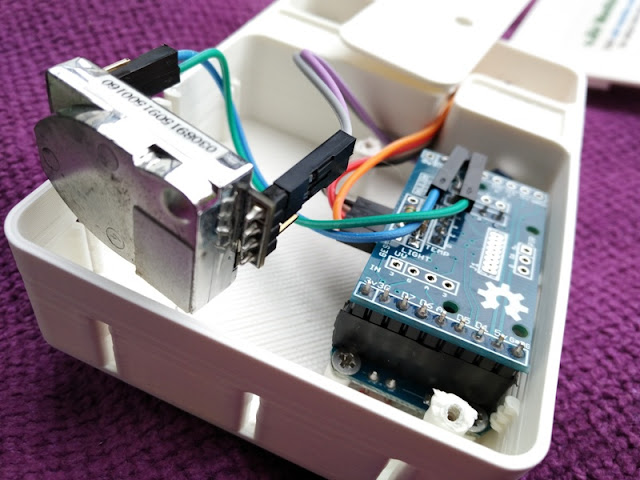
vThings CO2 monitor features the 400-5000ppm (CM1106) dual beam NDIR CO2 sensor version that includes a temperature sensor and pressure sensor built-in to a 3D printed enclosure, which also features an ESP8266 WiFi module that allows the vThings CO2 Monitor to connect to your home's WiFi network to send data readings online.
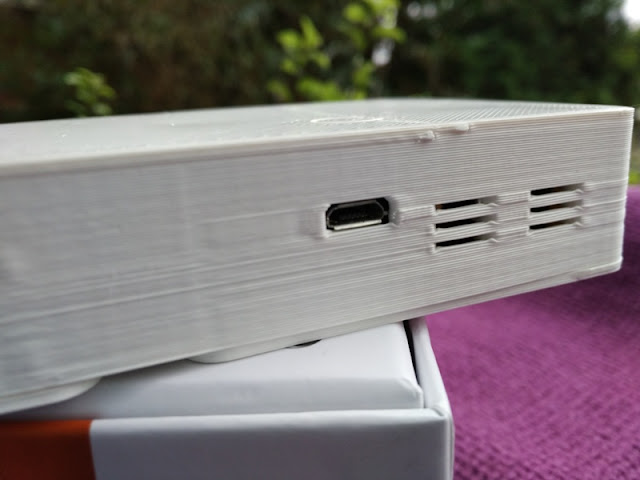
micro USB port for charging as well as data transfer
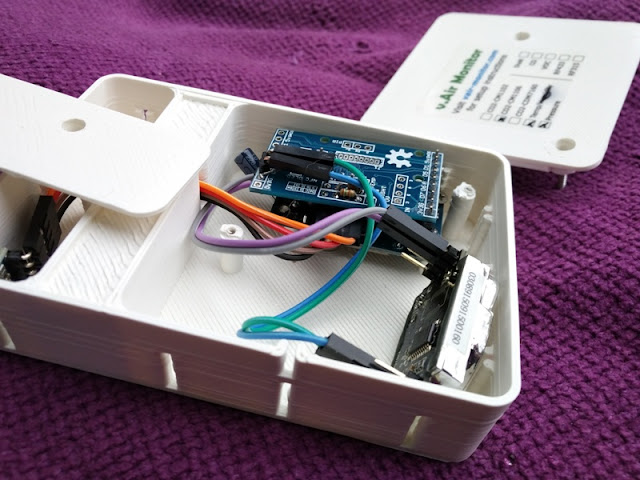
If you're into the hardware side of Internet Of Things (IoT), you'll love the vThings CO2 monitor as you can upgrade and add more sensors. The CO2 monitor works with Windows operating systems as well as MACs and Linux. You can hook it up to a computer or laptop to log data continuously.

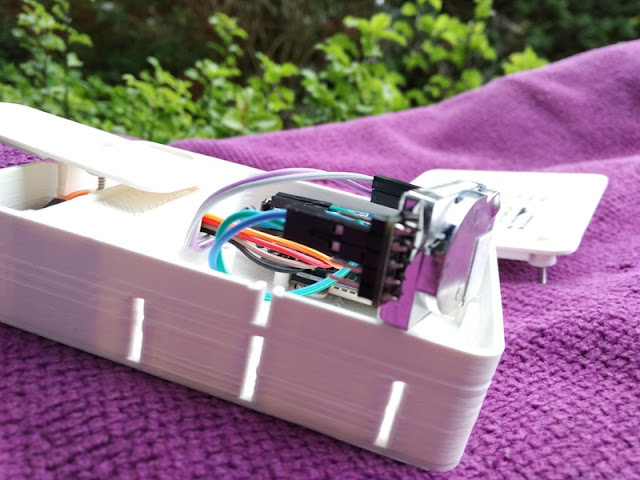
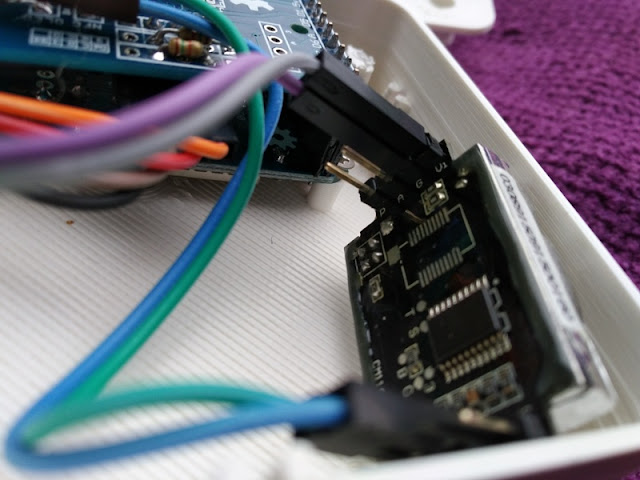
vThings can operate in cold and hot environments (from zero degrees to 50 degrees celsius)

Step 1. Connect vThings to your computer and visit http://vair-monitor.com/drivers/ to download the driver and install it.

Step 2. You need to set up an online dashboard in order to monitor the VThings unit online. You can choose from Beebotte or UbiDots. I went with UbiDots so Visit https://ubidots.com/, create an account, select Sources and set up your first device by Creating a Data Source, Adding a Variable and Creating a Token to configure the vThings Carbon Dioxide monitor.

Add Data Source

Add variable

I named my Data Source and Variable Gadget Explained and CO2 respectively

To Create a Token, go to My Profile and select API Keys. Then, click on Create Token.


Step 3. Install the vThings app from the Chrome Web Store to link the VThings CO2 monitor to UbiDots as well as your home's WiFi network

To set your WiFi connection, you need the name and password of your router, as well as the static IP address and gateway (default gateway) address.

To find your static IP and Gateway. Run command Prompt from your computer and enter ipconfig

Then, click Set WiFi

Step 4. Now, select Public Services-->UbiDots and enter the following:
- Token ID (the one you created earlier)
- Data Source label in lower capitals
- co2 (if you create a temperature and pressure label then also enter it here)

Then, click Save

Step 5. In order for UbiDots to display data from vThings monitor on the variable(s) you created earlier, you will need to send an HTTP request from UbiDots. To find the Variable ID, click on the i symbol.

To send the HTTP request, go to https://ubidots.com/docs/#send-one-value-to-ubidots and scroll to the bottom of the page and enter the Variable ID and Token ID you created earlier

For each variable you create, you need to repeat Step 5. I create three variables (CO2, temperature and pressure) so repeated Step 5 for all three variables and grabbed the Variable IDs. The Token ID is the same for all three variables.

That's it! Now, you just have to keep the vThings CO2 monitor plugged in for continuous monitoring. As far as firmware updates, the unit runs a firmware update automatically on power on. You can tell a firmware update is running when the LED turns bright Red for 30 seconds.










0 comments